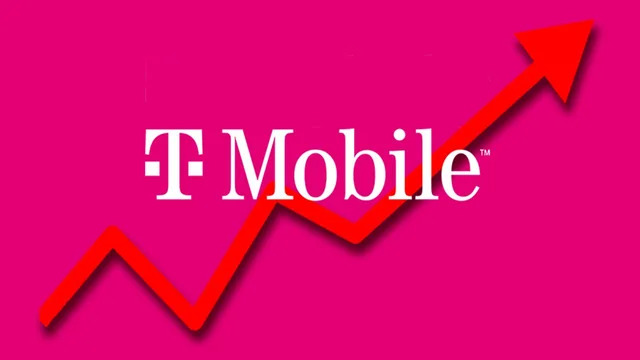No, you cannot look at the actual content of text messages (SMS) on your phone bill. For strict privacy and legal reasons, your mobile carrier’s detailed billing statement will only show the metadata—which includes the date, time, and the recipient/sender phone number—but it will never include the body of the message itself.
This article, written by a telecommunications expert, will fully satisfy your search intent by breaking down exactly what text message information is visible on a phone bill, explaining the legal basis for privacy, and showing you where you can actually find your message history.

What Text Message Data Is Included on Your Phone Bill?
When you access a detailed usage report online or receive a paper bill from carriers like Verizon, AT&T, or T-Mobile, the section dedicated to text messages is a log of transactions. This log records essential details, often called SMS metadata.
The Visible SMS Metadata Log
The detailed usage log is necessary for the carrier to prove usage and, historically, to calculate charges on non-unlimited plans. The information you will see is:
- Date and Time: The precise moment the text message was sent or received.
- The Other Phone Number: The 10-digit number of the person or entity who sent or received the message.
- Message Type: Indicates if it was an “SMS Outgoing,” “SMS Incoming,” or “MMS” (Multimedia Message Service, which includes photos/videos).
- Short Codes: Any five- or six-digit number (e.g., from banks, marketing services, or two-factor authentication) that interacted with the line will be logged instead of a standard 10-digit number.
- Charge (if applicable): On older or specific prepaid plans, a charge may be listed per text message.
Expert Insight: If you are on an unlimited talk and text plan, many carriers skip the log entirely on the paper bill and simply list “Unlimited Texting: Included,” as there is no charge to itemize. You will need to log into your online account and request a detailed usage history to view the full metadata log.
Why Carriers Do Not Show Text Message Content
The primary reason you cannot look at text messages on a phone bill is due to bedrock legal statutes and mandatory privacy policies.
Legal and Privacy Obligations
Mobile carriers operate under strict federal and state laws regarding customer communication privacy.
- Electronic Communications Privacy Act (ECPA): This U.S. federal law protects the content of stored electronic communications, including text messages. Carriers are prohibited from monitoring, storing, or disclosing the actual content of a user’s private texts.
- Deletion Practices: To comply with privacy laws, most carriers only retain the metadata for billing purposes and delete the actual content of the text message very quickly after delivery (often within minutes or hours).
- Customer Trust: Disclosing the private content of conversations would immediately erode customer trust and violate nearly all consumer contracts.
The Exception: The only way a carrier will ever release the content of a text message is if they are served with a legally binding subpoena or court order by law enforcement agencies. This process is complex, rare, and entirely separate from standard customer billing inquiries.
How to Check Your Own Text Message History (The Content)
Since your phone bill cannot provide the content, the only reliable way to look at your text messages is to use the device they originated from or a linked backup service.
- Access the Messaging App: Open the default messaging app on the smartphone associated with the line. Modern smartphones store thousands of text messages indefinitely until the user manually deletes them.
- Check Cloud Backups:
- iPhone (iMessage/SMS): Check your iCloud backup settings. If enabled, your text message content is backed up to Apple’s servers, which you can restore to a device.
- Android (Google Messages/SMS): Check your Google Drive backup settings. Text message history is often included in the automatic device backup that is saved to your Google account.
- Third-Party Backup Tools: Some dedicated apps and software tools exist that can create a local, exportable file of your SMS/MMS history directly from the phone.
Frequently Asked Questions (FAQ)
Frequently Asked Questions
Q: Can a phone bill show the content of messages sent via WhatsApp, Facebook Messenger, or iMessage?
A: No, never. These are encrypted, internet-based services. They use cellular data or Wi-Fi, not the carrier’s traditional SMS network. Your phone bill will only show the total data usage (e.g., 2GB used), but it will not log the time, destination, or content of those messages.
Q: If I delete a text message, will it still show up on the phone bill?
A: The metadata (date, time, number) of the text message will still appear on the bill if the message was sent or received within the billing cycle. Deleting a message on your phone does not erase the carrier’s billing record (the transaction log), only the content stored on your specific device.
Q: Does the phone bill distinguish between a long text message and a short one?
A: No. A standard text message (up to 160 characters) is logged as a single entry. If a message is very long and is broken into multiple parts (which happens automatically), the carrier’s log will usually show this as multiple individual SMS entries, one for each part, each with the same time stamp and number.
Conclusion
To fully answer the query “how to look at text messages on phone bill,” the definitive answer is that you cannot access the content through your phone bill.
Your carrier provides a detailed, legally compliant record of metadata—the date, time, and phone numbers—to prove service usage. The actual content of your text messages is your private data, protected by law, and accessible only through your personal device or its secure cloud backup.


